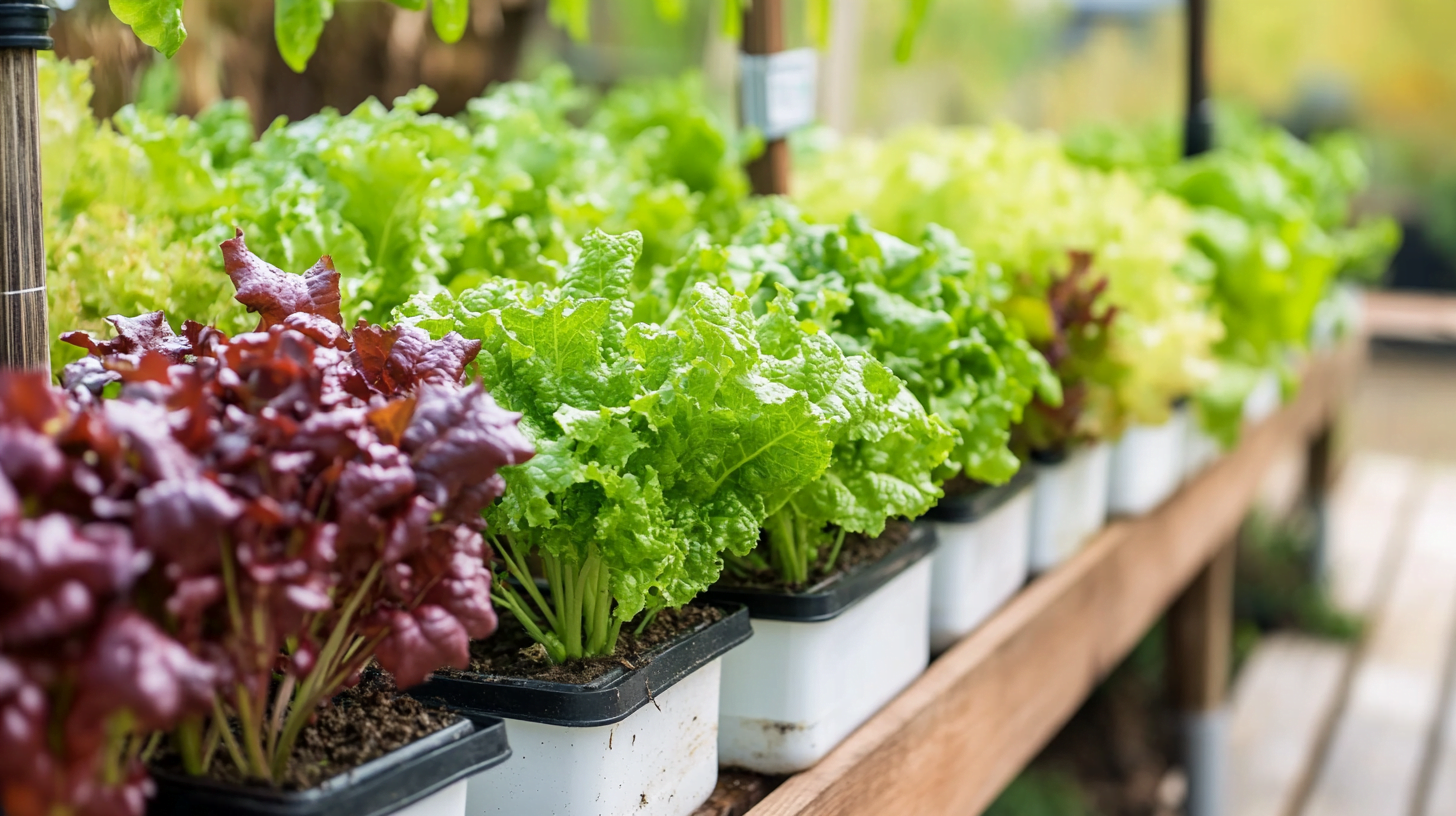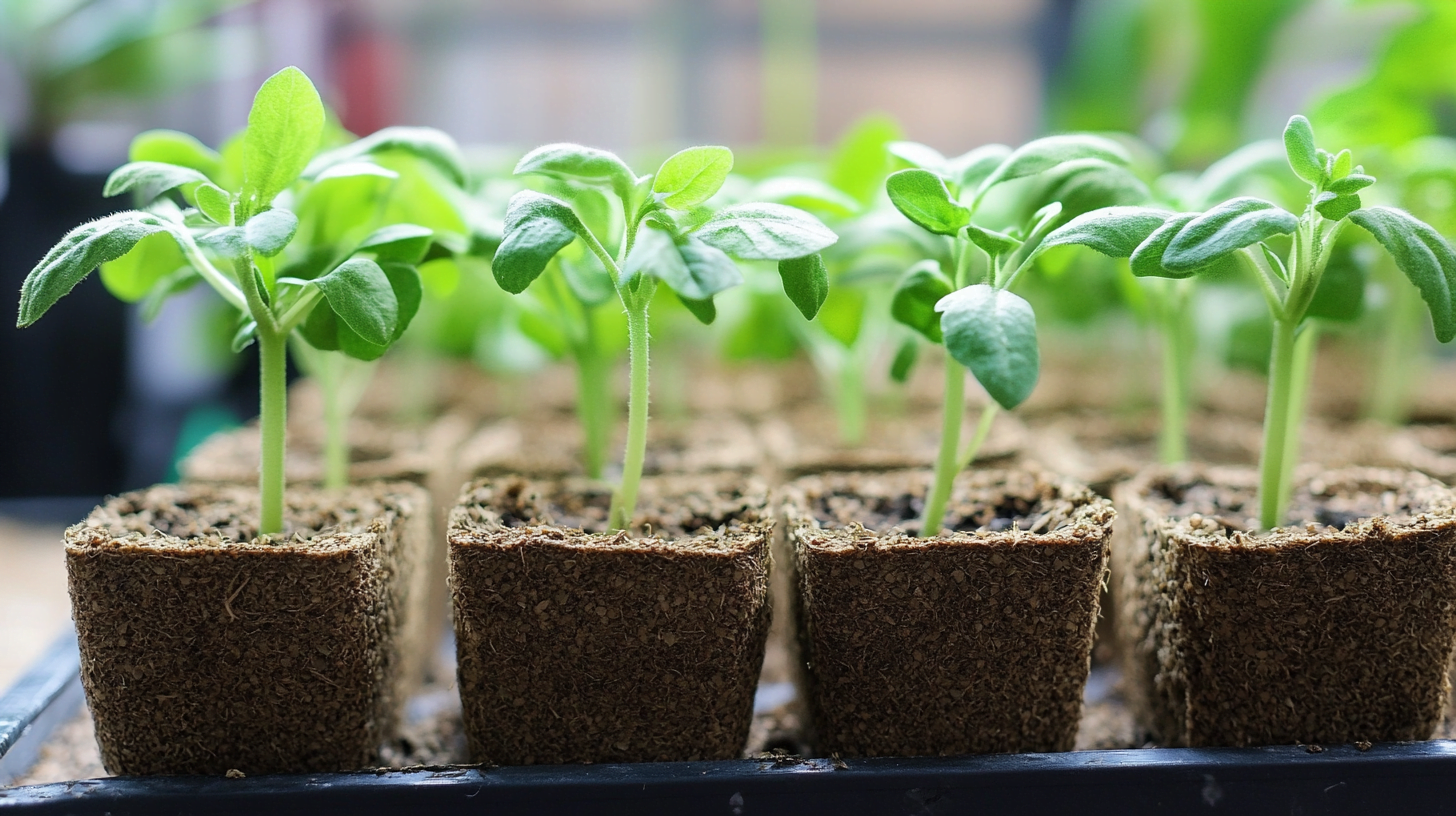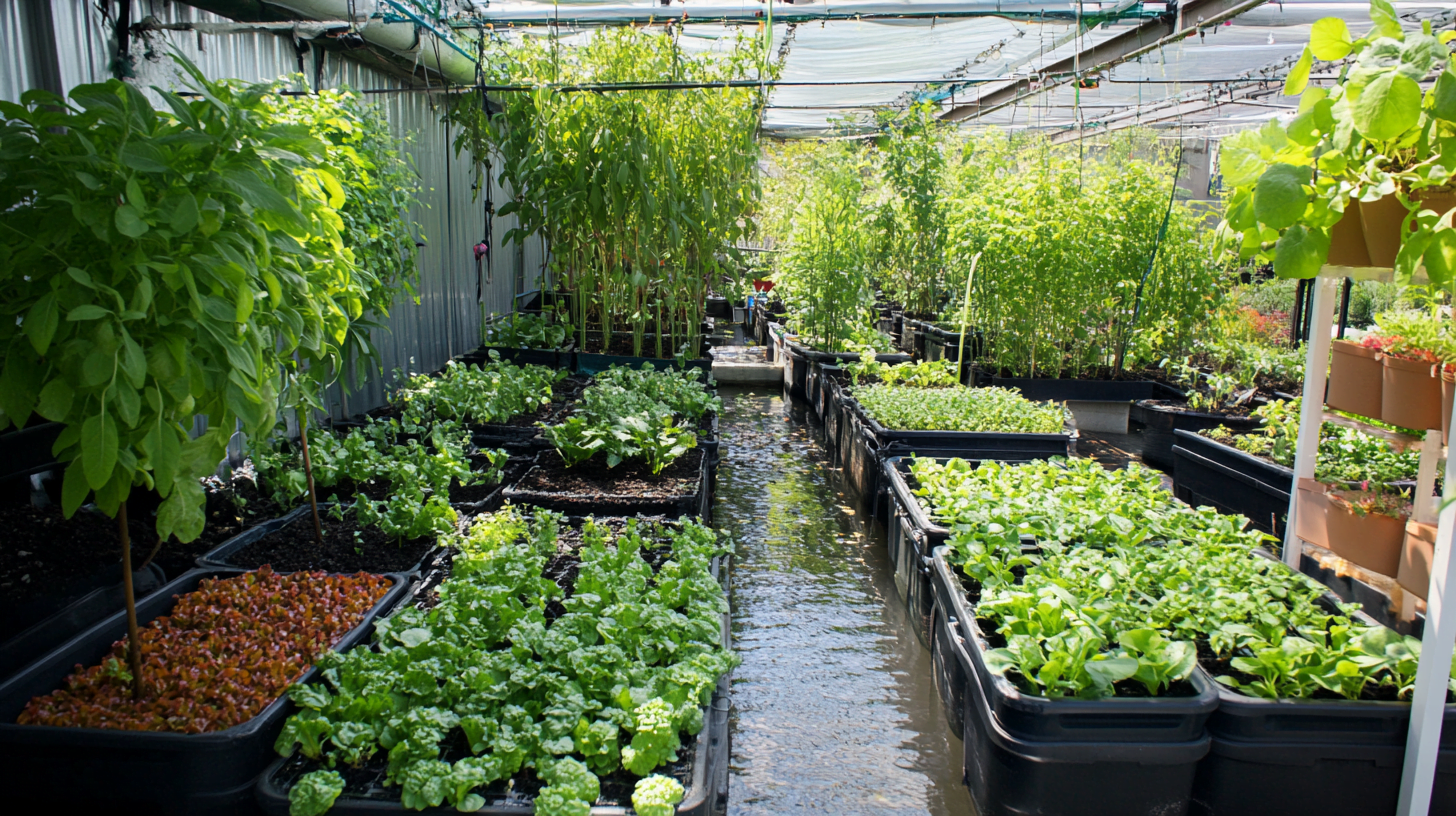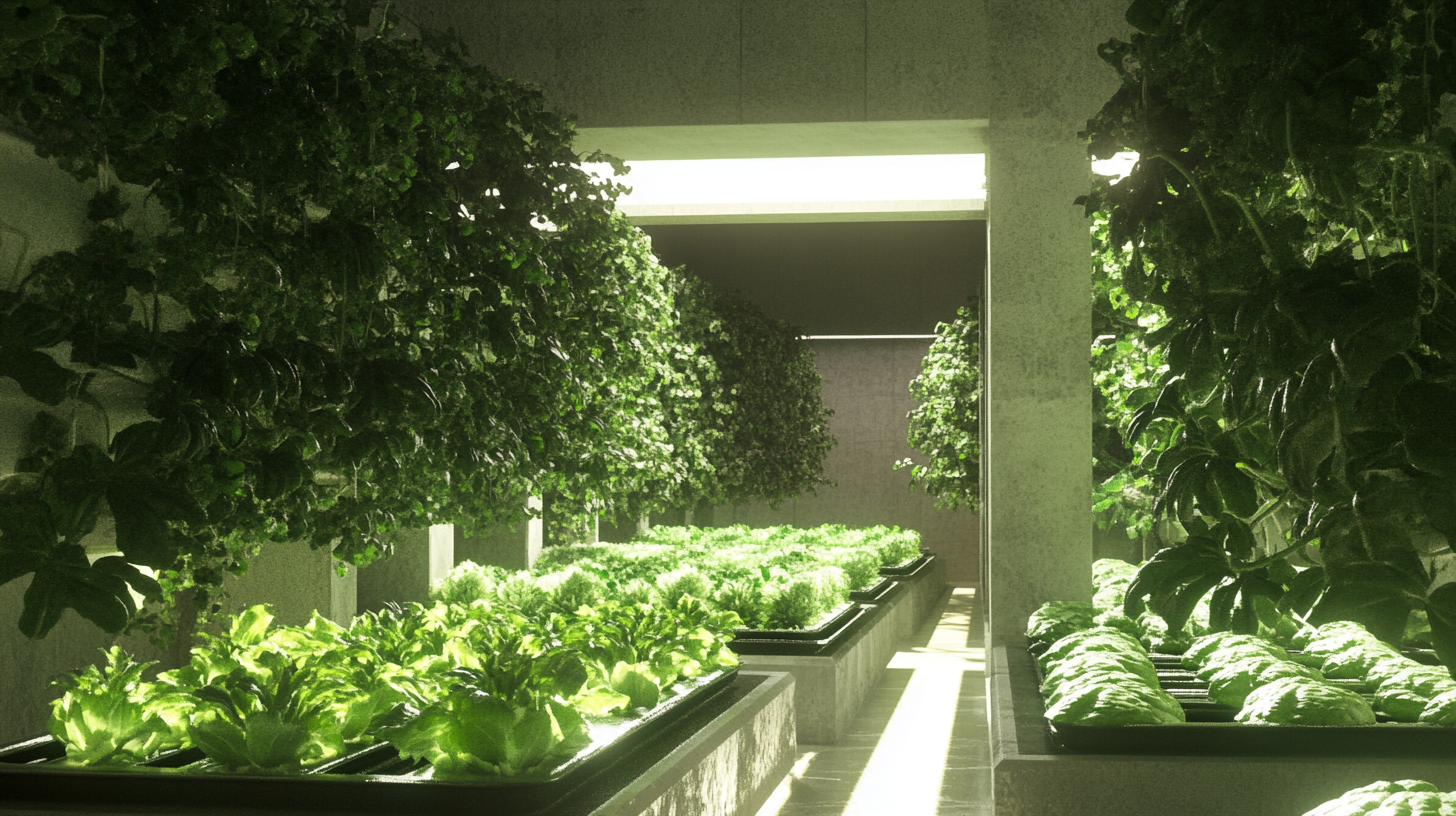Table of Contents
Ever bitten into a crisp, juicy lettuce leaf that’s never touched soil? Welcome to the world of hydroponics! This soil-free growing method has been making waves in agriculture, promising fresher, cleaner, and potentially more nutritious produce. But just how healthy is hydroponics, really? Let’s dig in and explore the benefits, concerns, and future of this innovative growing technique.
What’s the Buzz About Hydroponics?
Hydroponics is a method of growing plants without soil, using nutrient-rich water instead. It’s not just a modern fad – the concept dates back to the ancient Hanging Gardens of Babylon! Today, it’s gaining traction as a sustainable and efficient way to produce food.
There are several types of hydroponic systems, each with its own unique approach:
- Nutrient Film Technique (NFT): Plants grow in channels with a thin film of nutrient solution flowing past their roots.
- Deep Water Culture (DWC): Plant roots are suspended in nutrient-rich water.
- Aeroponics: Roots hang in air and are misted with nutrient solution.
- Wick System: A simple setup where plants draw nutrients through a wick.
Each system has its pros and cons, but they all share the core principle of soil-free growing.
The Nutritional Powerhouse: Health Benefits of Hydroponic Produce
Nutrient-Rich Goodness
One of the biggest selling points of hydroponics is the potential for nutrient-dense produce. In a hydroponic system, plants get exactly what they need, when they need it. This precise control can lead to some impressive nutritional benefits:
| Nutrient | Potential Increase in Hydroponic Produce |
|---|---|
| Vitamin C | Up to 50% higher |
| Vitamin A | Up to 25% higher |
| Iron | Up to 30% higher |
These numbers can vary depending on the specific crop and growing conditions, but they highlight the potential of hydroponics to produce nutrient-rich foods.
Pesticide-Free Perfection
Hydroponic systems are typically indoor, controlled environments. This means fewer pests and, consequently, less need for pesticides. For health-conscious consumers, this is a big win. Less exposure to potentially harmful chemicals means healthier produce and a reduced risk of pesticide-related health issues.
Year-Round Freshness
One of the coolest things about hydroponics? You can grow fresh produce year-round, regardless of the season outside. This constant access to fresh fruits and veggies can have a significant impact on our diets and health. After all, the nutritional value of produce starts to decline as soon as it’s harvested. With hydroponics, you can enjoy peak freshness and nutrition any time of year.
Hydroponics and Food Safety: A Closer Look
Reduced Risk of Foodborne Illnesses
Hydroponic systems offer a level of control that’s hard to match in traditional agriculture. Without soil, there’s less risk of contamination from soil-borne pathogens like E. coli or Salmonella. Plus, the controlled environment reduces the risk of contamination from wildlife or unclean water sources.
Water Usage and Quality Control
Hydroponics is incredibly water-efficient, using up to 90% less water than traditional farming methods. But it’s not just about quantity – quality matters too. In hydroponic systems, water quality is closely monitored and controlled. This not only benefits the plants but also ensures that the produce is free from water-borne contaminants.
Environmental Health: How Hydroponics Impacts Our Planet
Sustainable Growing Practices
Hydroponics isn’t just potentially healthier for us – it’s kinder to the planet too. Here’s how:
- Less land use: Hydroponic systems can produce more food in less space, reducing the need for land clearing.
- Reduced soil degradation: No soil means no soil erosion or depletion.
- Lower carbon footprint: With less transportation needed (especially in urban farming), hydroponics can significantly reduce carbon emissions.
Urban Farming and Local Food Production
Imagine picking up tomatoes grown on your city block instead of shipped from hundreds of miles away. That’s the promise of urban hydroponics. By bringing food production closer to consumers, we can enjoy fresher produce while reducing the environmental impact of long-distance transportation.
Potential Health Concerns: Addressing the Skeptics
Nutrient Imbalances: Myth or Reality?
Some critics argue that hydroponic produce might lack certain nutrients found in soil-grown plants. However, most scientific studies have found that hydroponic produce is at least as nutritious as its soil-grown counterparts, and often more so. The key is in the nutrient solution – when properly balanced, it can provide everything a plant needs to thrive.
The Organic Debate
Can hydroponic produce be organic? This question has sparked heated debate in the agricultural community. While some argue that “organic” should be reserved for soil-grown produce, others point out that hydroponics aligns with many organic principles, like avoiding synthetic pesticides. Currently, some hydroponic produce can be certified organic in the US, but regulations vary by country.
Hydroponics at Home: Growing Your Own Health
Getting Started with Home Hydroponics
Ready to try your hand at hydroponic growing? Here’s a simple setup to get you started:
- Choose a system (like a small NFT or DWC setup)
- Select your plants (leafy greens and herbs are great for beginners)
- Prepare your nutrient solution
- Plant your seedlings
- Monitor and maintain your system
Maximizing Nutritional Value in Your Hydroponic Garden
To get the most nutritious produce from your hydroponic garden:
- Balance your nutrients: Use a high-quality, balanced nutrient solution.
- Provide adequate light: Whether natural or artificial, light is crucial for nutrient development.
- Harvest at peak ripeness: For maximum nutritional value, harvest when your produce is perfectly ripe.
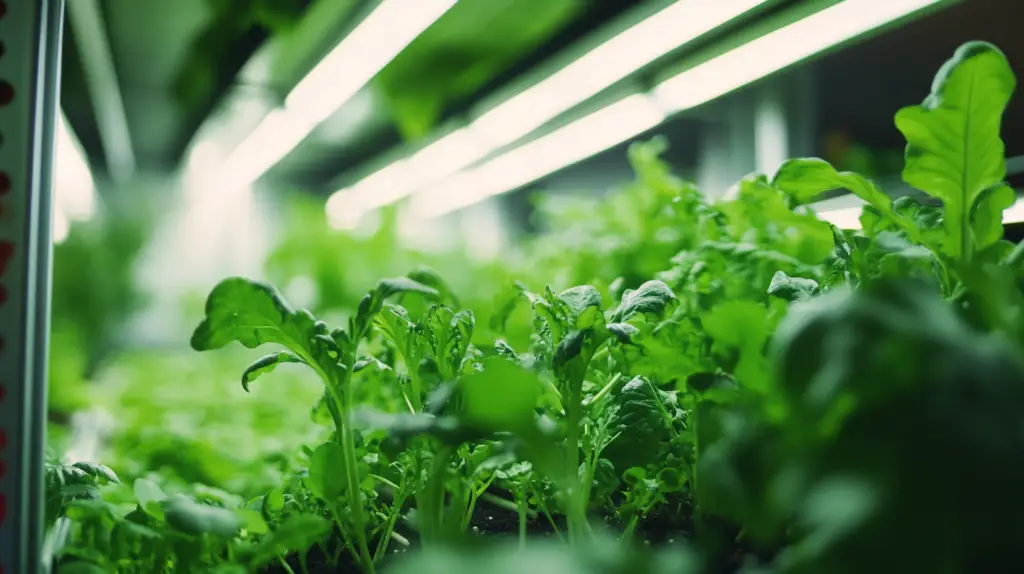
The Future of Healthy Eating: Hydroponics in Global Food Security
Feeding the World’s Growing Population
As our global population grows, so does the need for efficient, sustainable food production. Hydroponics could play a crucial role in meeting this challenge, providing fresh, nutritious produce in areas where traditional agriculture is difficult or impossible.
Innovations in Hydroponic Technology
The world of hydroponics is constantly evolving. From AI-controlled systems that optimize growing conditions to vertical farms that maximize space efficiency, the future of hydroponics looks bright – and healthy!
Conclusion
So, how healthy is hydroponics? The evidence suggests it’s a nutritious, safe, and sustainable way to grow food. While it’s not without challenges, the potential benefits for our health and our planet are hard to ignore. Whether you’re munching on store-bought hydroponic lettuce or growing your own tomatoes in a countertop system, you’re part of an exciting revolution in how we grow and consume our food.
Ready to dive deeper into the world of hydroponics? Share your experiences or questions in the comments below, and check out resources like the Hydroponic Growers Association for more information. Here’s to a healthier, more sustainable future – one hydroponic plant at a time!
